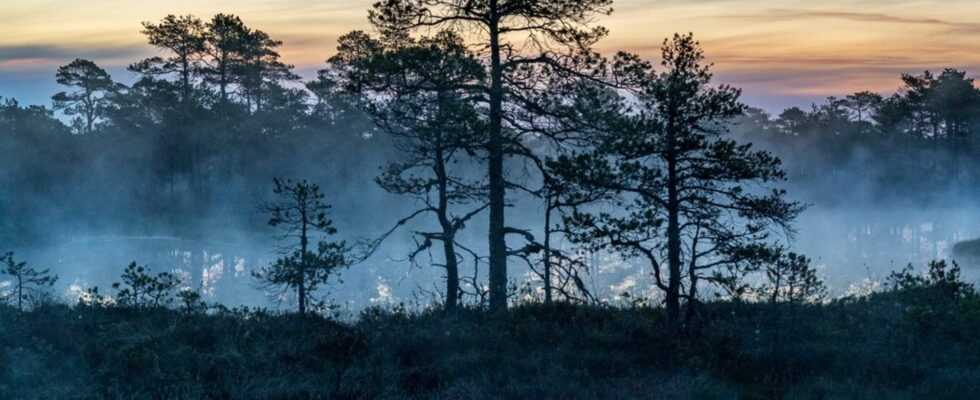Myth Moor
Legendary stories lie dormant here
A wide variety of stories have always been entwined around Moore.
©Artenex/Shutterstock.com
“Oh, it’s horrible to walk across the moor,” wrote Annette von Droste-Hülshoff. We dive into the legendary world of the moors.
To this day, many still feel uneasy about the moor. Myths and horror stories are entwined around the swampy place, which has also found its place in literature. Just think of the wildly romantic classic “Wuthering Heights” by Emily Brontë. In it, a moor in Yorkshire becomes the scene of the tragic story of Heathcliff and Catherine. But there is also enough material elsewhere in the moor to spin one or the other scary story.
Tollund Man in Denmark
There is a widespread popular belief that people who get into the moor get stuck, sink and never come back. You can sink in, but contrary to superstition, going under is not possible. Unlike water, in which people can actually drown, moor mud is very dense and thus prevents complete submersion. However, the existence of bog bodies cannot be denied.
Around 1,000 human bog corpses have been found in Europe. The most famous find is probably the Tollund Man. It was discovered by peat cutters in 1950 in a raised bog in Bjældskovdal in Denmark. According to scientists, he probably died between 405 and 380 BC. The bog has preserved the corpse so well that not only the facial features of the man have been preserved, but even parts of his last meal. The bog body was found with a rope around its neck. Researchers assume that it could have been a human sacrifice.
The sunken village in the Rhön
In the Rhön legend, an entire village was hit. Located in the middle of the Black Moor, at the border triangle of Hesse, Thuringia and Bavaria, the residents are said to have indulged in a sinful lifestyle. As punishment, the entire village sank, and only a dark lake remained: the Moorauge. According to legend, it is still rumbling there. From time to time hikers hear the tower clock strike and “at night the souls of three moor maidens float with those of the others sunken there as will-o’-the-wisps over the moor”. So it says in Paul Schlitzer’s work “Living Heritage – Legends from Rhön and Vogelsberg”.
So if you like to get a little scared, but want to admire beautiful landscapes at the same time, you should set out and plan a moor hike. Because Annette von Droste-Hülshoff already described in “Der Knabe im Moor”: “Oh, it’s scary to walk across the moor when it’s teeming with heather smoke.”
